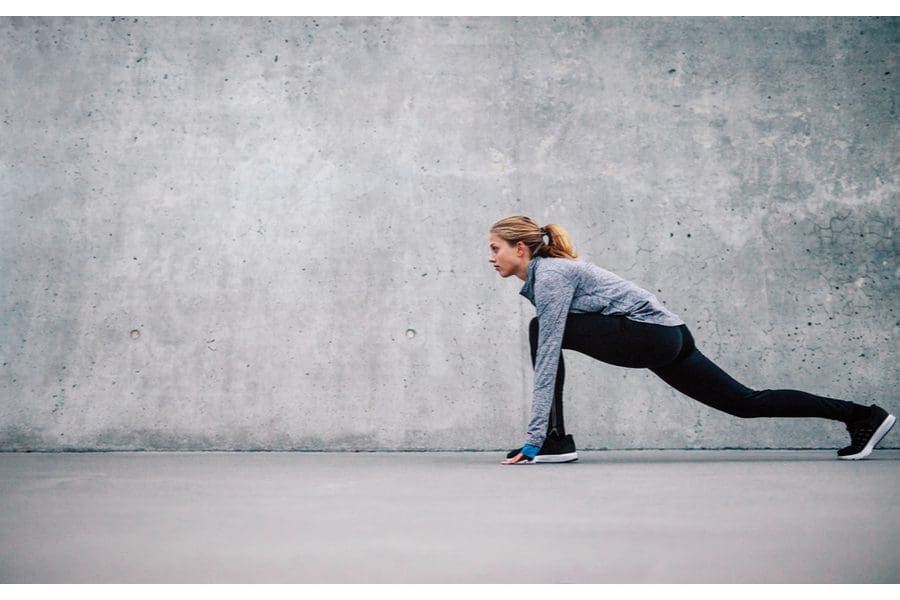When people think of wellness and exercise, their minds rarely go directly to stretching. Even if it seems like it’s not as important as the workout itself, stretching is essential for healthy, strong muscles.
Stretching prevents your muscles from becoming tight and stiff from activity. It doesn’t matter how old you are or what condition your body is in, everyone should incorporate stretching into their daily routine. If you have had injuries in the past, it is a good idea to talk to your doctor about what stretches are best for your body and needs.
Benefits of Stretching:
- Improves performance and ability in physical activities
- Lowers your risk of injury
- Helps joints maintain a full range of motion
- Helps muscles work properly
- Reduces soreness
- Can give you a boost of energy
- Improves your posture
- Relieves stress
- Improves flexibility
- Increases blood flow to your muscles
How to Stretch
Remember that stretching is not a warm-up
Before you stretch, you need to make sure that your muscles are properly warmed up. Going straight into a fully-activated stretch from a restful state is a good way to pull something. Try doing some low-intensity cardio like walking or cycling for 5-10 minutes before you stretch in order to avoid injury. Stretching doesn’t guarantee that you will not be injured, but it has proven to lower the risk of muscle injury.
Stretch both sides equally
It’s important to make sure that both sides of your body are stretched equally. Not everyone is naturally flexible on both sides, and uneven flexibility can lead to a possibility of injury. So if you work one side, make sure to repeat the same stretch on the other.
Don’t bounce your body when you are stretching
When you stretch, prioritize deep and slow stretching. Bouncing while you stretch to try and reach further can actually have an adverse effect and make your muscles tighter. It can make you pull a muscle rather than stretch it. Remember to take deep breaths when you stretch to send oxygen to the muscles doing the work. Think “inhale, lengthen” and “exhale, reach.”
Hold your stretch for as long as you can
When stretching, you should try to hold the stretch for 30 seconds or more to achieve a nice deep stretch that will build muscle memory for next time. Don’t over do it and stretch until you feel pain, though—that means you’ve pushed yourself too far.
Be consistent with your stretch
Honestly, stretching can be kind of annoying sometimes. It can be time consuming, and when we are done with workouts we don’t always want to dedicate time to stretching. It can be tempting to skip a full-body stretch, but that’s doing your body and your workouts a disservice, and it can take a toll on your range of motion. So enjoy the stretch and honor your body with a little extra love for your muscles!






